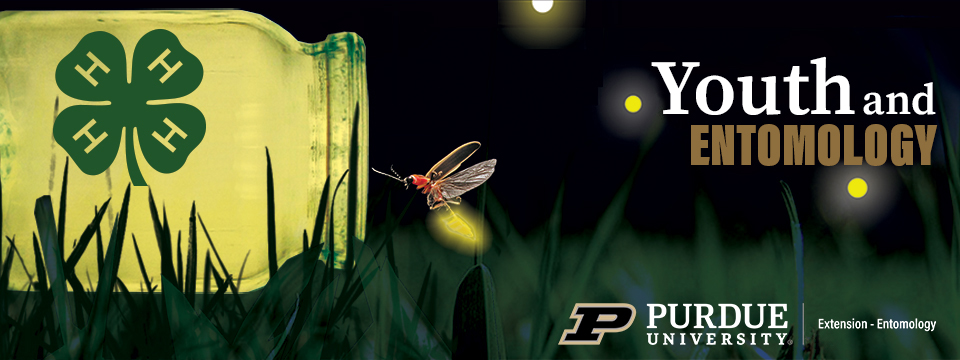MANAGEMENT SUMMARY OF COMMON INSECTS
Students of entomology should be able to recognize and identify beneficial insects, insect pests, and pest-damage symptoms. Students also must know something of the biology of the various insects, be able to estimate potential injury, and recommend controls if needed. The following descriptions and accompanying photographs will help students identify common pest and beneficial insects. The images chosen are representative of those found in agricultural, horticultural, health, and urban environments. The beneficial insects include pollinators, parasites, and predators.
Insects may be detrimental only during their immature stage (nymph or larva). During this stage they may appear nothing like the adult. It is important for a pest manager to be able to recognize both the adult and the immature stages as well as to recognize typical damage symptoms in order to assess the need for control. Pest managers also must recognize the immature stages of naturally occurring beneficial insects if they are to help conserve and protect them.
Insects are not easily categorized simply by where they occur or what they do. For example, some insects may be pests in multiple settings such as agriculture AND urban environments. A few insects may even be both beneficial and pestiferous, depending on where or when they are found.
Fifty common insects will be examined in the next section. Opposite their photographs is a brief written description of the insects in both their adult and immature stages, pest status, their general biology, the benefit they provide or the damage they may cause and, where applicable, preferred control recommendations.
Field Identification of Common Insect Pests and Beneficial Arthropods PDF
|
